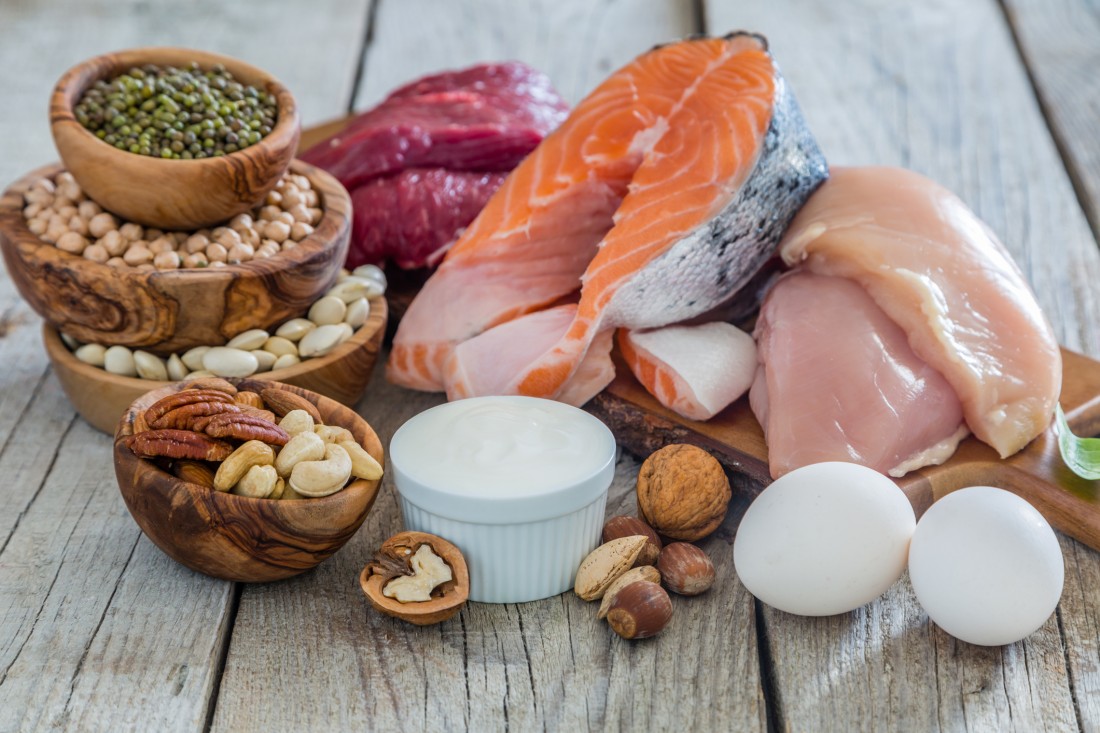How closely do you look at the impact that the food you’re eating from day to day has on your performancet on the pitch? And not only that, your energy levels on recovery days, how long it takes you to refill the tank between sessions, your mood, your concentration levels, the list goes on.
For something that’s so obviously important, it’s generally low on the pecking order whenever I first talk to guys who want to make serious strides with their performance. Training is important, no doubt, you aren’t going to make progress without regularly applying yourself either in the gym or on the training pitch but to completely overlook how vital a role your eating habits play in that positive adaptation is crazy. You’re robbing Peter to pay Paul.
Before you go deep into the world of calorie counting, macronutrients and all the rest you need to get a basic grasp of the ins and outs of nutrition. Here’s the deal, protein, fats and carbs are called MACROnutrients for a reason – your body needs them to work at its best. Fats are vital for cell and hormone production amongst a number of other things, proteins build and repair the body and carbohydrates fuel it. For a lot of you that’s as much info as you need to know when it comes to what each part of your diet does for you.
From an athletic viewpoint the two that jump out are proteins – for building and repairing, and carbs – for fuelling. So straight away, you should be starting to think about how you can best utilise what they’re bringing to the table as you plan what you’re eating from day to day. You should have a protein source of some description in every meal as you body can’t store an awful lot of it at any given time. Carbs on the other hand can be broken down and stored in your muscles, aiding to the importance of Refuelling post training.
Everyone has a unique ability to digest and use food, so what works for me may be different to what works for you, that’s why you should be using your training sessions as an opportunity to trial a few different fuelling options to put you in the best place possible for each session you undertake.
There are three main variables, timing – how long it takes you to break down the carbs and convert it into energy, volume – how much your body has to work with, and type – if it’s a fast release or slow release type of food.
The rule of thumb would be that before shorter, higher intensity bouts of work you should be trying to get a fast energy release carbohydrate into you and if it’s a longer, lower intensity session then a slow release. So think a bagel with jam up to 90 minutes before a conditioning session and pasta a few hours before a long run.
Again, this is all trial and error. Get it right and it can make the world of difference. You have next to no excuse as to why you aren’t trying to master your eating habits in terms of getting the most from performance levels!
For more information contact me via Facebook.com/PGthePT or on Twitter @PGthePT.
comment@gaeliclife.com
Receive quality journalism wherever you are, on any device. Keep up to date from the comfort of your own home with a digital subscription.
Any time | Any place | Anywhere












